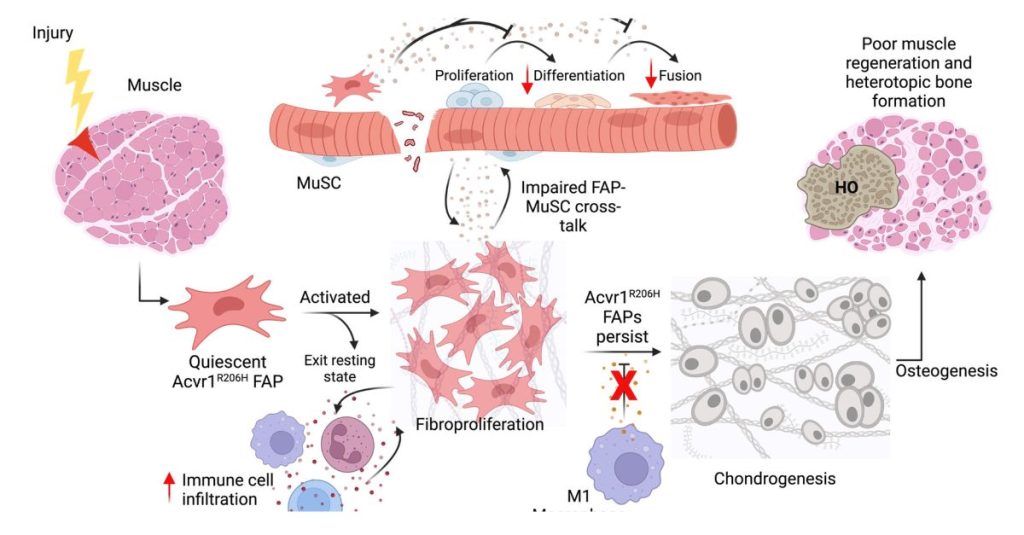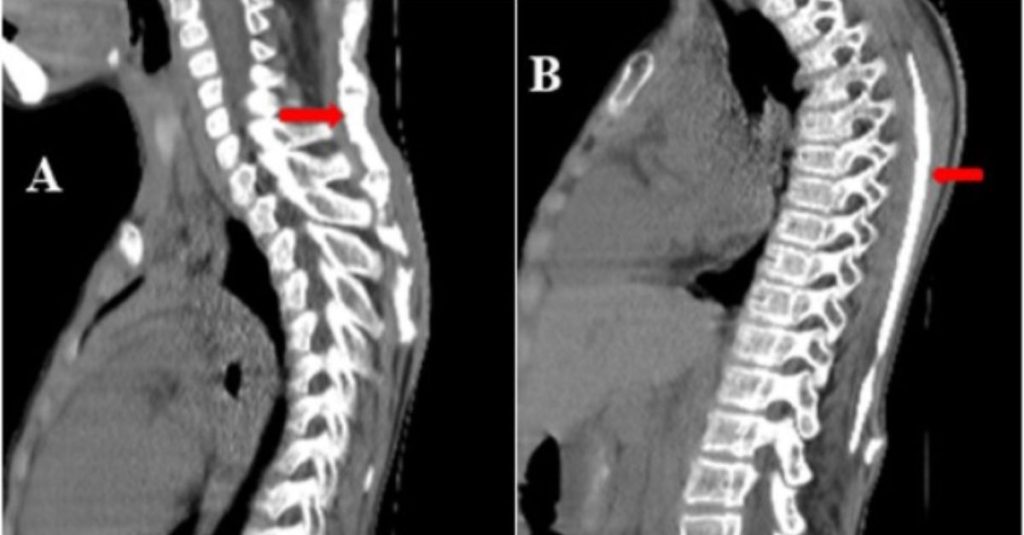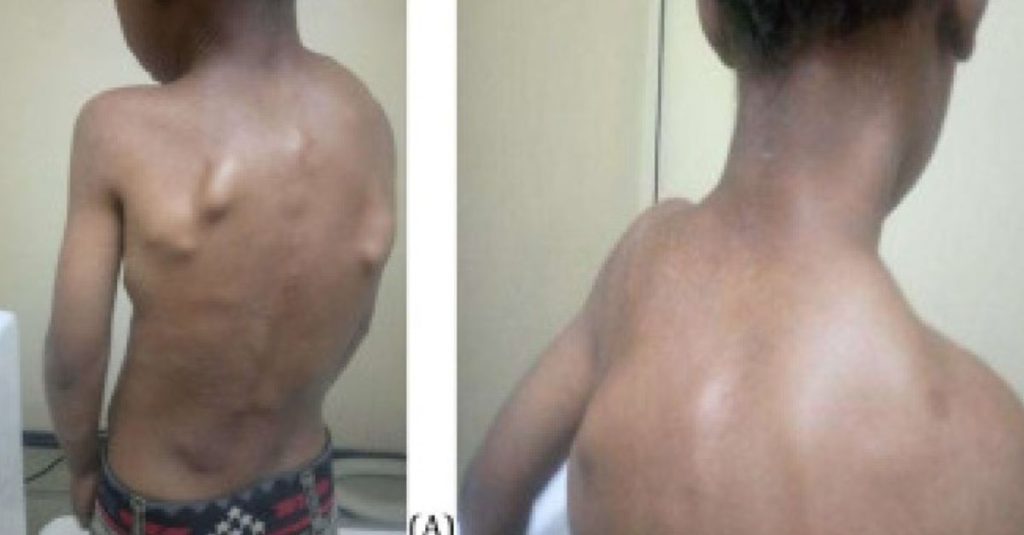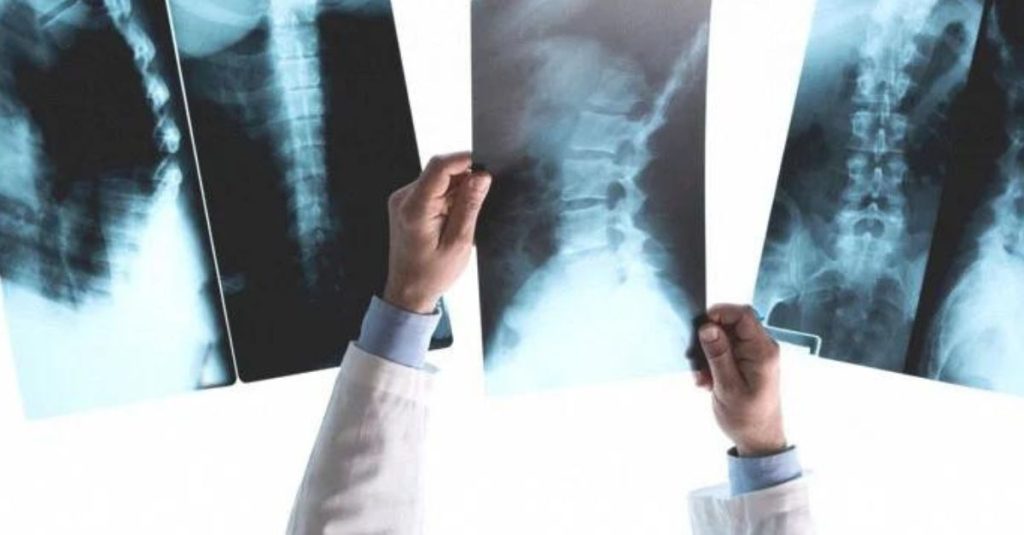The first week of August 2025 brought a mix of patient updates, flare-up management, and new awareness opportunities for the FOP Trust India team. Arzan’s father reported that his son is improving on the prescribed medication from Dr. Vrisha Madhuri, though the swelling has reduced only slightly. Devananda, on the other hand, is doing well […]
All posts by Megha Shree
From Trials to Treatment: Inside the Pipeline of FOP Drug Development
The road from drug discovery to treatment can take years, but for the FOP community, every step forward counts. In 2025, several promising medications continue to advance through clinical trials. These drugs, aimed at slowing or halting heterotopic ossification, are being developed and tested with active input from the global FOP community. Saracatinib, now in […]
Actionable Disease Insights from Bedside-to-Bench Investigation in Fibrodysplasia Ossificans Progressiva
Fibrodysplasia ossificans progressiva (FOP) is an ultra-rare genetic disorder of extraskeletal endochondral bone formation. Heterozygous missense gain-of-function mutations in the activin receptor A type I (ACVR1) gene are present in all individuals with sporadic or familial FOP. ACVR1R206H mutations confer increased sensitivity of this bone morphogenetic protein (BMP) family receptor to activation by BMP ligands and […]
Cellular and Molecular Mechanisms of Heterotopic Ossification in Fibrodysplasia Ossificans Progressiva
1. Introduction Fibrodysplasia ossificans progressiva (FOP) is a rare but devastating autosomal dominant genetic disorder characterized by spontaneous or trauma-induced progressive extra-skeletal bone formation, called heterotopic ossification (HO), in skeletal muscles, tendons, and ligaments [1]. HO forms through endochondral ossification, the process that creates most bones during embryonic development [2]. Endochondral ossification occurs through the […]
Fibrodysplasia Ossificans Progressiva: A Rare Disease Due to Unawareness, Case Report and Literature Review
Abstract Introduction and importance Fibrodysplasia Ossificans Progressiva is an ultra-rare genetic disorder of progressive soft tissue ossification. Due to unawareness and poor clinical suspicion, the rate of misdiagnosis, delay in diagnosis, and unnecessary diagnostic procedures leading to permanent injury and lifelong disability is common. Here we report this rare genetic disorder in a six years […]
Fibrodysplasia ossificans progressiva: Two case reports
Introduction Fibrodysplasia ossificans progressiva (FOP) is a rare, progressively debilitating disorder first described in 1692 by Guy Patin [1]. This disease is characterized by progressive heterotopic ossification that forms normal bone in characteristic extraskeletal sites and congenital malformations of the great toes. Progressive episodes of heterotopic ossification occur in characteristic pattern first at the dorsal, axial, […]
Stone Man Disease: Tori of Nigerian Woman Wey Dey Battle Condition Wey Dey Turn Muscle to Bone
Precious Chiamaka na six-year-old wen her mama bin notice say one small bone dey grow for di back of her hand. As she no sabi wetin dey grow for di back of her pikin hand, Precious mama carry her go hospital and na for dia dem come tell her say na her muscles dey turn […]
Blueprint’s Work Behind Drug for Fibrodysplasia Ossificans Progressiva
Fibrodysplasia ossificans progressiva is a rare and life-threatening genetic disease caused by gain-of-function mutations in the ALK2 gene, which encodes activin receptor-like kinase 2. Blueprint Medicines Corp. has elucidated the discovery of their ALK2 inhibitor BLU-782, which is now in phase II studies at Ipsen for the treatment of FOP. Source: Bio World
Their Tissue Turns to Bone. Their Joints Freeze in Place. And, Finally, Their Hopes for Treatment May be Realized
Most of the time, Whitney Weldon doesn’t think about her second skeleton. She was 9 the first time it really flared up. Bridges of bone grew from nowhere to freeze her right arm at a 120-degree angle, an excruciating experience that felt “like your bones are trying to come out of your skin,” she said. […]
FDA Approves First Treatment for Fibrodysplasia Ossificans Progressiva
Action The U.S. Food and Drug Administration (FDA) has approved Sohonos (palovarotene) capsules for reduction in the volume of new heterotopic ossification (extra-skeletal bone formation) in adults and children aged 8 years and older for females, and 10 years and older for males with fibrodysplasia ossificans progressiva. Sohonos is the first drug approved for patients with fibrodysplasia […]
Search
Categories
- Awareness Activities 24
- FOP Trust Activities 11
- INDIA News 17
- International 17
- Medicine Updates 19
- Patient Stories 17
- Uncategorized 52














